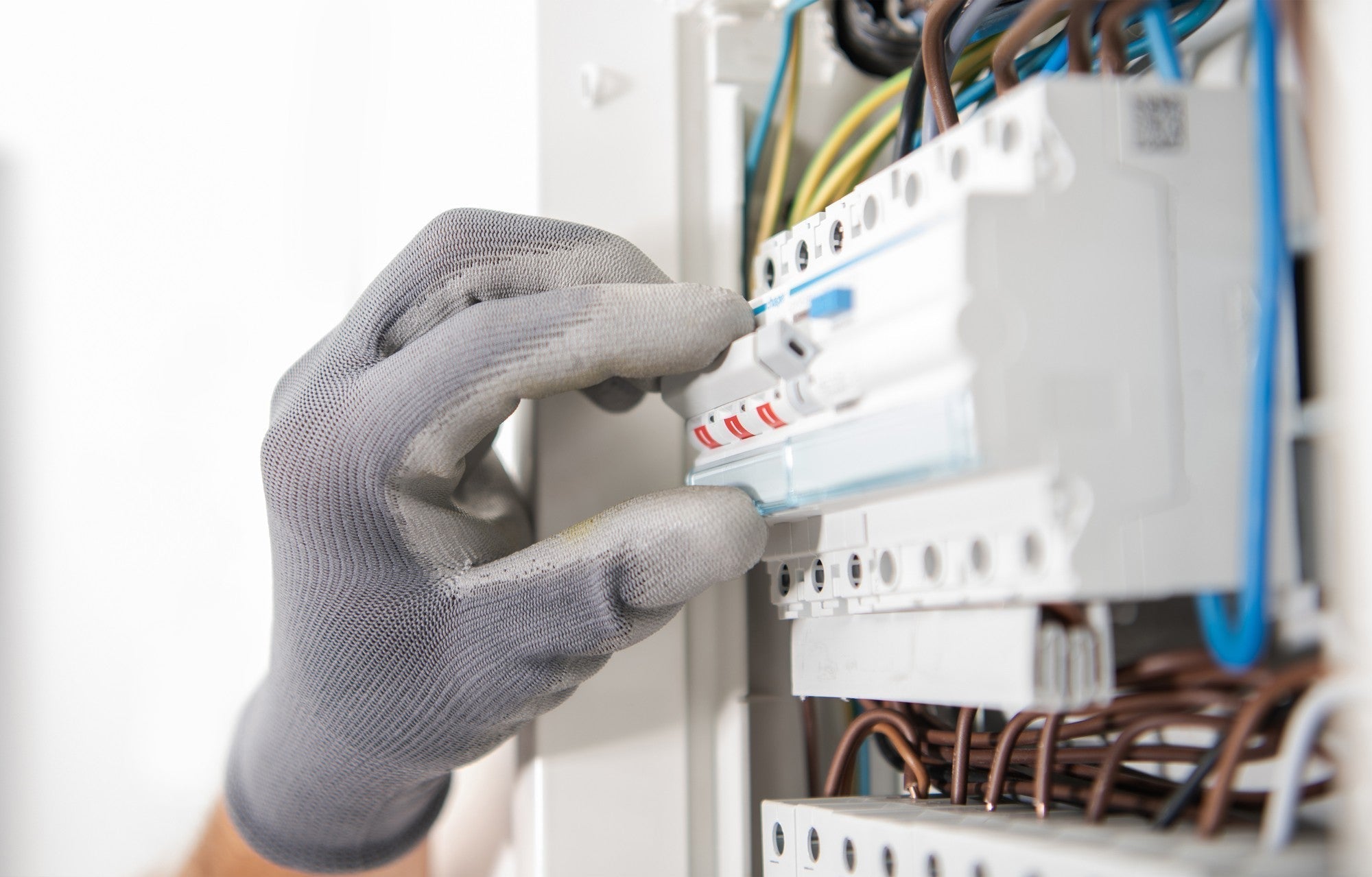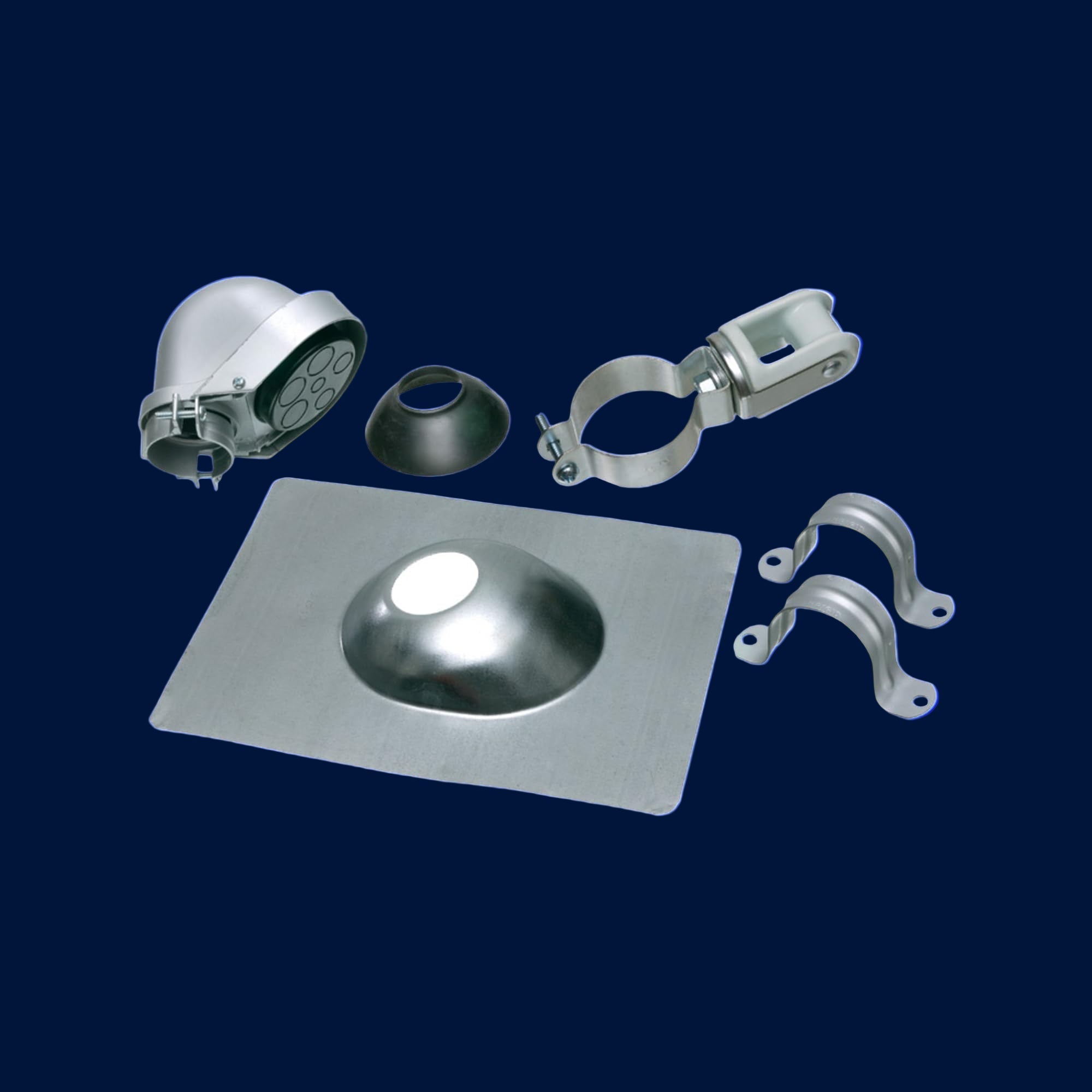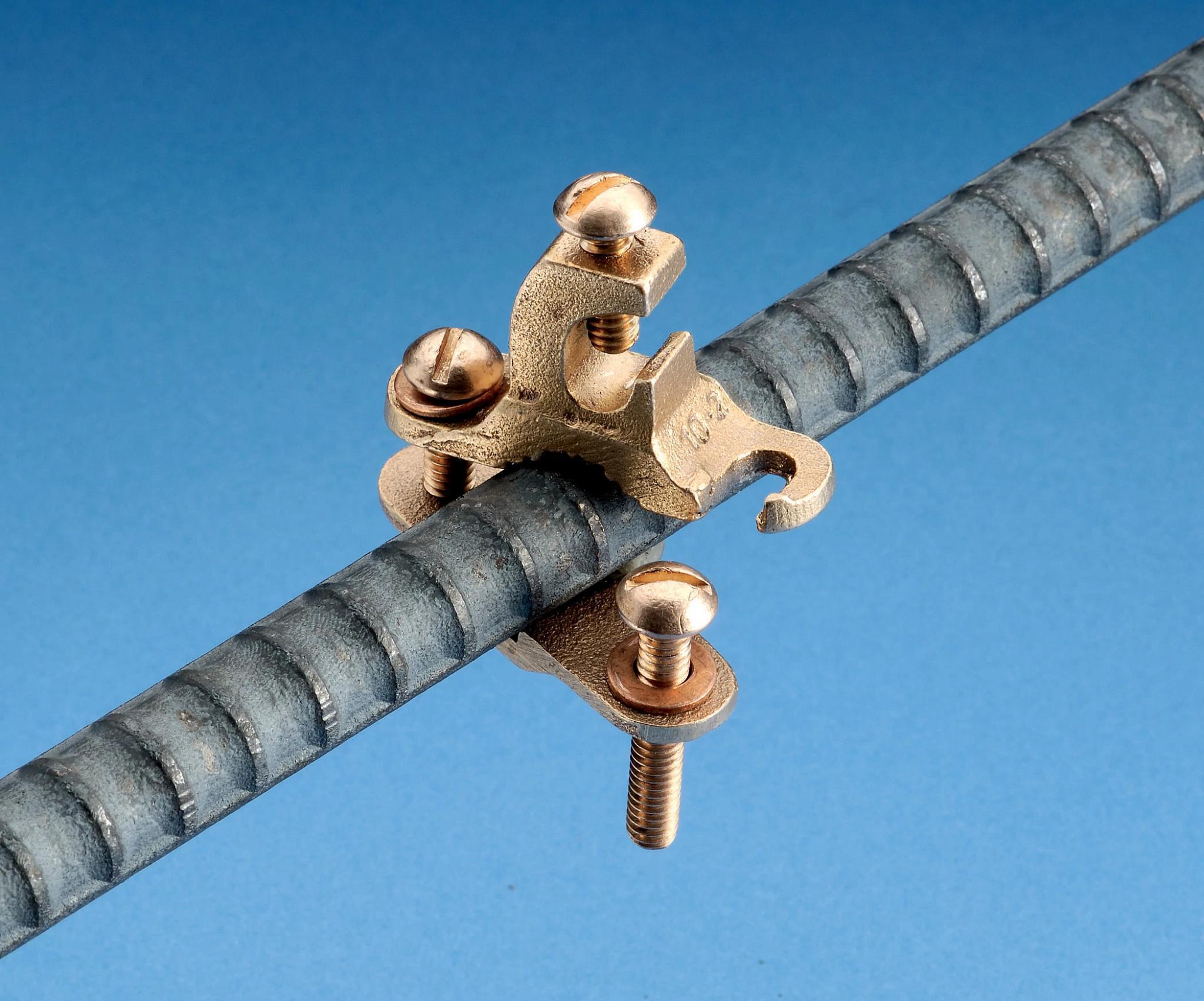Circuit breakers are essential components in the electrical systems of both residential and commercial buildings. Their primary role is to protect electrical circuits by stopping the flow of electricity in the event of an overload or short circuit. When a circuit breaker trips, it cuts off electrical power, preventing wires from overheating, which can lead to fires. But why do circuit breakers trip? Let’s explore.
Common Reasons Why Circuit Breakers Trip
Circuit breakers trip for several reasons, each a safety measure to prevent further damage and ensure your electrical system functions within safe parameters. Here are the most common causes:
⦁ Overloaded Circuits: Perhaps the most frequent cause of a tripped circuit breaker is an overloaded circuit. This occurs when more amperage flows through the circuit than it is designed to handle. High-power appliances like microwaves, hairdryers, and irons can overload circuits if used simultaneously on the same circuit.
⦁ Short Circuits: A more severe issue is a short circuit, which happens when a hot wire comes into contact with a neutral wire in one of your electrical outlets. This contact creates a large amount of current flow and excessive heat, triggering the circuit breaker to trip immediately. Short circuits can be identified by a burning smell, charred outlets, or even sparks.
⦁ Ground Faults: Similar to short circuits, ground faults occur when a hot wire comes in contact with the ground wire or the metal box around the outlet. These are common in areas with high moisture levels, such as bathrooms or kitchens, and can pose significant risks if not addressed promptly.
How to Respond When a Circuit Breaker Trips
When a circuit breaker trips, your response should be methodical and safety-focused to ensure that the problem does not escalate.
⦁ Check the Circuit Breaker: First, go to your circuit breaker panel and check if any breakers have moved from the "on" to the "off" position, or are stuck in the middle. If you find a tripped breaker, don’t switch it back on immediately.
Identify and Unplug Overloading Appliances: Before resetting the breaker, disconnect all devices that could be causing the overload. This step is crucial to prevent the immediate re-tripping of the breaker once power is restored.
⦁ Reset the Circuit Breaker: Once you’ve disconnected potential causes, you can reset the breaker to its "on" position. If it stays on, likely, overload was caused by the devices you unplugged. If it trips again immediately, the issue might be more serious, such as a short circuit or ground fault.
Detecting and Preventing Future Trips
To prevent future electrical interruptions, it's important to understand your home’s electrical demand and ensure that your system can handle it without tripping breakers.
⦁ Conduct an Energy Audit: Have a professional electrician perform an energy audit of your home. This will help you understand which circuits are heavily loaded and whether your overall system requires an upgrade to handle your current electrical demand safely.
⦁ Spread Out High-energy Appliances: Avoid plugging too many high-energy devices into the same circuit. Instead, spread them across multiple circuits to balance the load.
⦁ Upgrade Your Circuit Panel: If you frequently experience tripped breakers and your home is older, it may be time to upgrade your circuit panel to accommodate a higher electrical load safely. Modern homes with high-tech appliances typically require more robust electrical systems than what older panels were designed to handle.
Understanding “why do circuit breakers trip” and how to properly address this issue is essential for maintaining a safe and functional electrical system in your home or business.
Incorporating Circuit-Specific Improvements
While handling immediate tripping issues is crucial, long-term improvements to your circuitry can further safeguard against electrical problems. Here are some enhancements that can significantly improve the safety and functionality of your home’s electrical system:
⦁ Upgrade to AFCI Breakers: Consider replacing standard circuit breakers with Arc Fault Circuit Interrupters (AFCIs). These advanced breakers are designed to detect and interrupt arc faults—an unintentional electrical discharge that can occur within circuits, which is a common cause of electrical fires.
⦁ Install Dedicated Circuits: For high-power appliances and equipment, installing dedicated circuits is a smart move. This ensures that heavy-load appliances have a direct connection to your service panel, which reduces the risk of overloading shared circuits. Appliances like HVAC systems, refrigerators, and washers should have their own dedicated circuits.
⦁ Regular Maintenance: Regularly check your electrical system for signs of wear and tear. Have an electrician inspect your system periodically to ensure all components function properly and safely. This proactive approach can prevent the occurrence of electrical faults that lead to tripped breakers.
Enhancing Lighting Systems to Prevent Overloads
Updating your home’s lighting system can also play a pivotal role in reducing the risk of circuit overload. Switching to energy-efficient lighting options not only lowers the total electrical load but also enhances the ambiance and functionality of your space.
⦁ Switch to LED High Bay Lights: If you have high-ceiling areas like garages, warehouses, or large storerooms, consider using LED high bay lights. These lights provide superior illumination and are significantly more energy-efficient than traditional lighting options, which reduces the strain on your electrical system.
⦁ Adopt LED Vapor Lights: For areas exposed to moisture or where robust lighting is necessary, ⦁ LED vapor lights are an excellent choice. Not only do they offer better energy efficiency, but they are also designed to withstand harsh environments, further ensuring the safety and durability of your lighting solution.
Simple Steps for Safer Electrical Practices
Adopting safer electrical practices is not just about equipment upgrades; it's also about awareness and proper usage. Educate all household members about the capacity of your electrical system and the importance of turning off appliances when they are not in use. Additionally, investing in surge protectors and wisely managing the placement of all electrical devices can prevent unnecessary stress on your electrical system.
These strategic improvements and practices not only prevent circuit breakers from tripping but also enhance the overall safety and efficiency of your electrical system. By understanding and addressing the underlying causes, you can enjoy a safer, more reliable power supply that meets the demands of modern electrical appliances and devices.
Experience the reliability and efficiency of modern electrical solutions with us at Sonic Electric. Whether you're upgrading your home's lighting or need expert advice on preventing circuit overloads, our team is here to help.
Visit us today and let us help you ensure that your electrical system is not just functional but also safe and optimized for your needs.







Share:
4-Inch Vs. 6-Inch Recessed Lighting: Which Is Best For You?
12 Different Types Of Exhaust Fans To Choose From